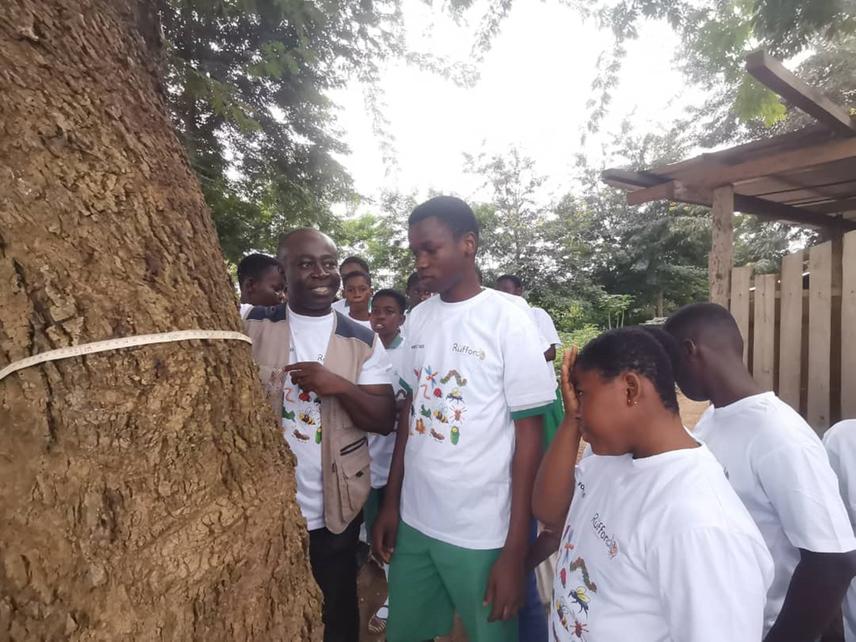Frederick Gyasi Damptey
Other projects
27 Aug 2019
Arthropod Colonization of a Restored Post-Mining Site in a Community Forest; the Use of Citizen Science in Diversity Assessment and Conservation
16 Apr 2021
Biodiversity and Ecosystem Services Assessment of Urban Green Spaces: Education, and the Use of Citizen Science in Monitoring and Conservation
A previous study on monitoring the biodiversity and ecosystem services of urban green spaces and community forests using the citizen science approach (Damptey et al., 2022) affirmed the value of citizen science approaches in complimenting biodiversity studies in data-deficient regions and also highlighted the need for large-scale studies to unravel the status of biodiversity in climatically distinct threatened ecosystems in Ghana. Based on these recommendations, we propose a multi-taxon biodiversity assessment involving citizen scientists (school children and community members) to survey different threatened ecosystems along a climatic gradient within Ghana. This is aimed at ascertaining the status and levels of biodiversity and the threats to their population, distribution and functionality, as well as recommending/implementing sustainable strategies for their conservation. This will provide a comprehensive picture of biodiversity attributes that persist in different ecosystems. These details are currently lacking for some ecosystems because of the limited ecological research focus across spatial scales in Ghana. Assessing and mapping biodiversity in terms of endemism, richness and composition, as well as the species requirements using a citizen science approach, will also promote conservation actions and environmental stewardship in the future.

Project facilitator demonstrating to citizen scientists how to measure tree diameter.
To do this, we propose biodiversity assessment in four geographically and climatically distinct ecosystems (Akwamu Gorge Conservation Area, Essan-Apam Forest Reserve, Tain II Forest Reserve, and Atewa Range) under different management systems. From these ecosystems, we will sample biodiversity attributes (e.g., trees, arthropods, birds, mammals) and their threats (e.g., impacts of logging, grazing, erosion, mining, wildfire) as well as underlying environmental (e.g., climate, soil) and socio-cultural (e.g., believe systems and perceptions) factors influencing species distribution across space and time.
The outputs, besides training and equipping the next generation of environmental stewards with practical and contemporary conservation skills; will also lead to the creation of a database with a complete list of species in each ecosystem; the creation of spatial decision-support maps of key species in different ecosystems with conservation concerns (according to the IUCN Red list; extinct, critically endangered, endangered, vulnerable etc.); highlights of potential factors influencing species distribution; as well as the development of standard management protocols/strategies for conservation of species in the various ecosystems.
Header: Community model indigenous tree seed nursery (species includes Terminalia).